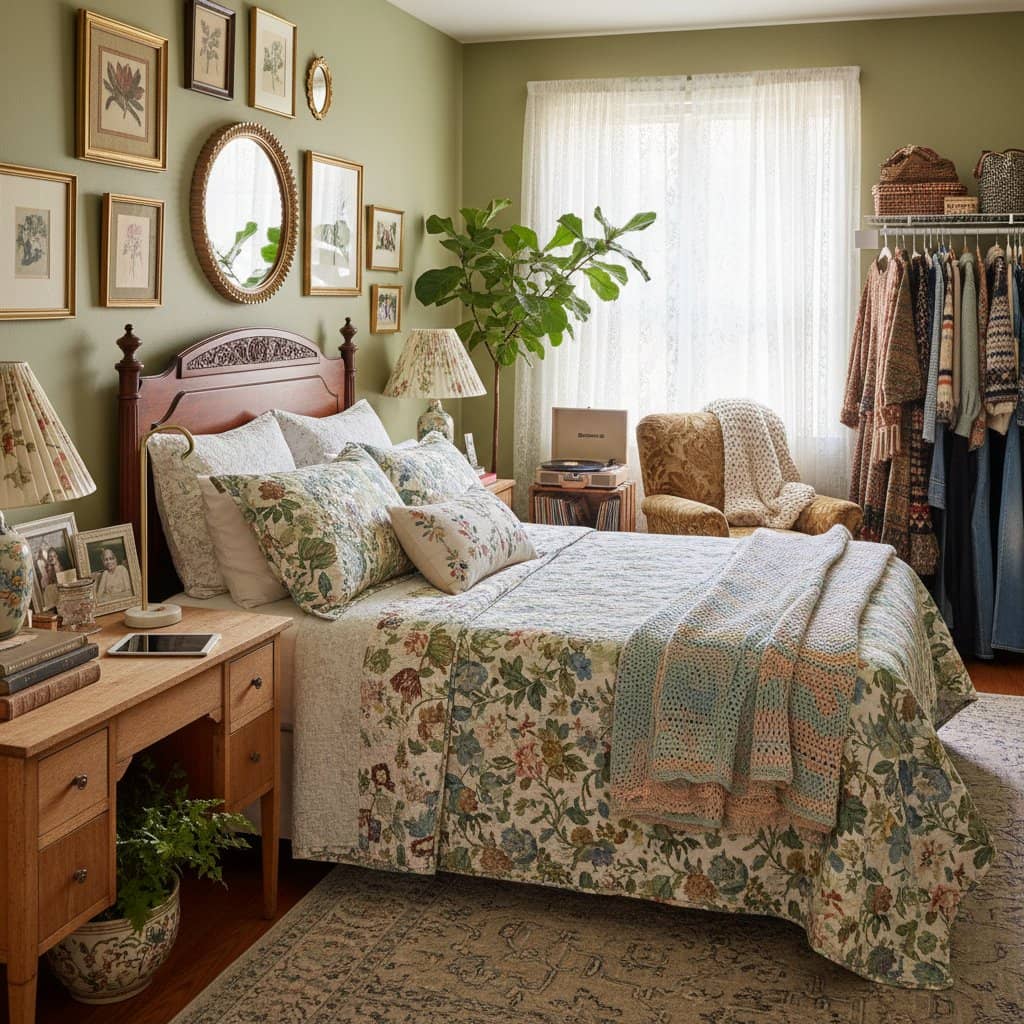Why Acoustic Panels Are Essential for Modern Home Design
Picture entering your living room after a demanding day, eager to relax with music or conversation, yet echoes distort the sounds around you. This common issue leaves many spaces feeling harsh and uninviting. Homeowners increasingly turn to acoustic panels to address these challenges, introducing a practical solution that elevates both sound quality and overall ambiance.
The Evolution of Acoustic Panels in Everyday Spaces
Excessive noise from footsteps, kitchen sounds, or distant media disrupts daily life. Acoustic panels now grace living areas, home offices, and kitchens, evolving from their origins in studios and theaters. Their value stems from this versatility: they control sound while complementing interior aesthetics.
Effective acoustics influence how a home functions and feels. Clear conversations, immersive audio, and reduced stress emerge when sound flows naturally. These panels enable homeowners to achieve such balance without sacrificing visual harmony.
The Impact of Noise in Contemporary Homes
Open layouts, hard flooring, and high ceilings promote visual openness but often intensify echoes. Sound waves bounce off these surfaces, turning quiet moments into cacophony. During gatherings or remote work, this effect becomes particularly noticeable.
Acoustic panels absorb rather than reflect sound, promoting clarity and intimacy. They provide an elegant alternative to bulky furnishings, adapting to various needs from serene reading areas to focused workspaces.
Redefining Sound Absorption Through Design
Gone are the days of plain foam coverings. Current acoustic panels feature premium fabrics, unique forms, and bespoke motifs that serve as wall art. Many incorporate utility, such as pinboard functionality or modular grids.
Materials like felt, wool, and sustainable wood fibers merge efficacy with eco-friendliness. In humid regions, composite options resist moisture to preserve integrity. Arid areas benefit from textile wraps that introduce softness. These adaptations ensure suitability for diverse climates and settings.
Selecting Acoustic Panels Tailored to Your Needs
Start by analyzing sound dynamics in your space. Consider these factors for informed choices:
-
Room Purpose
Determine primary uses. Subtle placement suits social areas for better dialogue, while comprehensive coverage enhances media rooms for optimal audio. -
Strategic Positioning
Target walls and ceilings effectively. Ear-level installations manage speech reflections, and overhead options dampen ambient noise. -
Visual Integration
Select hues and motifs that align with your style. Subdued shades offer versatility, and striking patterns inject contemporary energy. -
Material Specifications
Opt for thickness based on frequencies. Robust panels handle bass in active zones; slimmer versions address treble in quiet retreats. -
Mounting Techniques
Choose adhesion, framing, or suspension methods. Expert setup guarantees stability and even distribution.
Optimizing Cost and Effectiveness
Prices for acoustic panels range from budget-friendly basics to premium customizations. Entry-level fabric options provide value for initial applications. Higher-end selections deliver enduring style and performance.
Pair targeted panels with complementary elements like curtains or area rugs for economical results. In moisture-prone locations, invest in durable variants to avoid future replacements. Obtain comprehensive quotes that cover supplies and setup.
For guidance, consult local specialists familiar with acoustics and design. They evaluate your environment, suggest appropriate products, and oversee precise implementation.
Ensuring Safety and Compliance in Installation
Typical residential setups bypass permit requirements, yet prioritize safety. Select fire-resistant materials and secure fixings, particularly for elevated positions. Verify compatibility with your surfaces, from drywall to stone.
In vintage properties, inspect for irregularities or dampness prior to proceeding. Preparatory measures, such as priming or barriers, safeguard longevity. Experts confirm no conflicts with wiring or airflow systems.
For extensive projects, engage an acoustics professional to measure and customize reverberation control.
Innovative Design Approaches for Acoustic Enhancement
Layer elements to achieve sophisticated results beyond basic coverage. Implement these techniques:
- Arrange panels into a focal wall with geometric precision, merging utility and artistry.
- Combine wood accents with fabric panels for textured, inviting depth.
- Position around light sources to amplify both sound and illumination.
- Install overhead baffles in expansive areas to curb echoes while preserving openness.
- Incorporate portable screens for adaptable multipurpose zones.
Such methods position panels as deliberate design features, enhancing enjoyment without overt functionality.
The Lasting Benefits of Improved Acoustics
Post-installation, spaces often evoke newfound serenity. Subtleties like smoother interactions and enriched quietude emerge, making environments more nurturing. This upgrade extends beyond silence to enrich routines.
A well-tuned room resonates with intention, where every sound contributes to the atmosphere. Acoustic panels realize this potential, completing the sensory experience of your home.
Steps to Create Your Ideal Acoustic Environment
If echoes hinder your comfort, acoustic panels offer a refined remedy. They infuse spaces with poise, ease, and quietude, supporting rest and interaction alike.
Select options that resonate with your vision, from understated to vibrant. Engage professionals to bring your acoustic vision to life, unlocking a home that harmonizes sight and sound.



